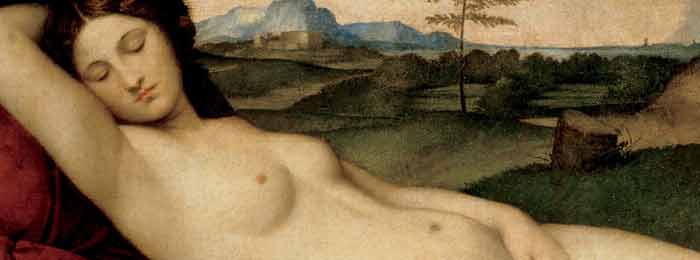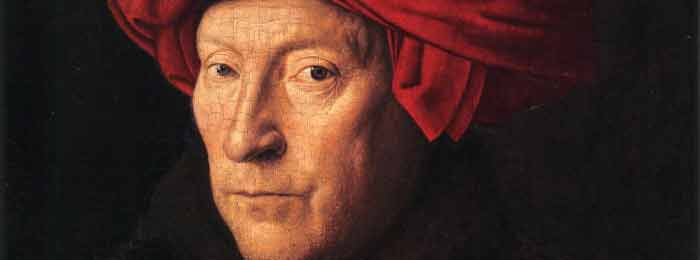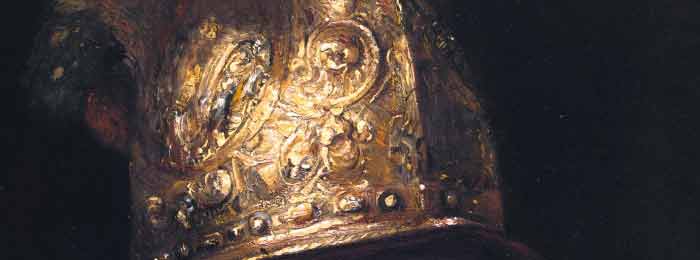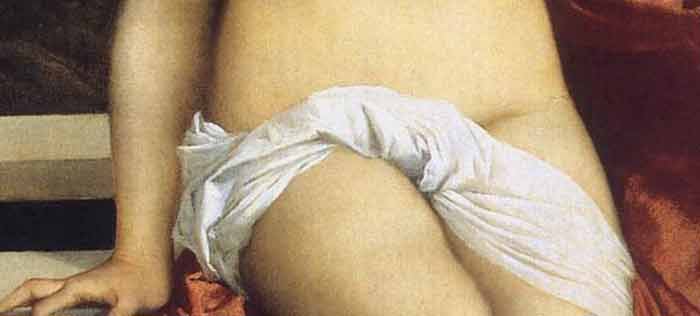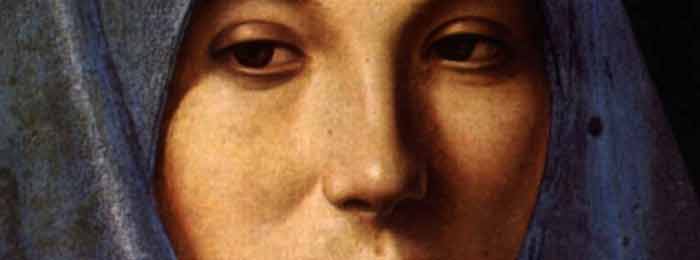On 18 Aug, 2015 With
Venetian Painting Techniques The painting techniques employed by Northern Renaissance artists strongly influenced the work of renowned painters, such as Titian and Giorgione, during the Italian Renaissance. Venetian artists also greatly impacted the styles of this period, notably the Van Eyck brothers. The oil painting techniques developed by these Flemish painters around the year 1400 combined the use of egg tempera and oil painting, with the underpainting being created using a grisaille technique of tempera, while pure colored oil glazes were carefully applied on top. This combination painting technique added remarkable lustre to their small panel paintings, resulting in striking jewel-tones, the most vivid hallmark of the brothers’ famous style. Prior to the Van Eyck brothers’ success with their combination…
Read More
On 19 Jun, 2015 With
The Oil Painting Technique of Van Eyck With Van Eyck, painting entered a new era. His new technical methods and discovery of a more a pliable medium his colors immediately freed the artist of his time from many of the restraints imposed by the rigidity of the earlier mediums. Transparent glazes of Van Eyck’s oil painting technique allowed all the subtleties of the underlying layers of the painting to show through. This glazing produces the same phenomena as colored glass. A red glass, for instance, does not show the full intensity of its color except by the luminosity of the ground which shows through it. Placed on the earth it will appear dark. Similarly, the quality of the color of…
Read More
On 22 Jul, 2014 With
Rembrandt was so pleased with his innovation of glazing over dried impasto that he expanded the practice to other textures, devising a method that utilized different whites for impasto and smoother passages. His impasto white was very “lean” and had egg as an ingredient (meaning it must have dried quite quickly), ground glass, and also white lead, which was used as a binder. He generally applied it with increasing thickness in several stages, whereafter it was finished with transparent glazes and wiping, creating the lustre and dimension he is so well-known for. No other technique produces the same brilliance as Rembrandt’s. When he painted Lieutenant Ruytenburch’s uniform in “The Night Watch,” Rembrandt used this method to build up the dimensions…
Read More
On 24 Jun, 2014 With
Titian and Giorgione were foremost among the pioneers of what we now call the Venetian Method of oil painting. The Venetian Method, or Venetian Technique, borrowed heavily from the Flemish Method, which saw the application of transparent glazes for the shadows, greater contrast between dark and light areas, and opaque highlights. The Venetian Method, however, deviates in some key areas, adding its own take on the Flemish process. While the glossy finish of the Flemish Method was ideal for small wood panels, on large paintings it was distracting and decidedly “overkill”; ergo, Titian refined the painting process to produce a less reflective surface. Most probably, he cut out sheen-enhancers like polymerized oils, balsams, and resins, and replaced them with…
Read More
On 17 Jun, 2014 With
Oil painting in its first form evolved from an earlier discipline known as , and was an attempt to overcome the severe limitations of that medium, such as a lacklustre finish and too-rapid drying time. Developed originally in Flanders, the method became known as the “Flemish Technique.” This method of painting requires a rigid surface on which to work, one that has been primed pure white, as well as a very precise line drawing. The line drawing was transferred to the white surface by perforating (tracing, in essence) the drawing along its lines. Once this transfer was complete, the resulting lines were enhanced with ink or viscous paint (using either a pen or finely pointed sable brush). The drawing was…
Read More


